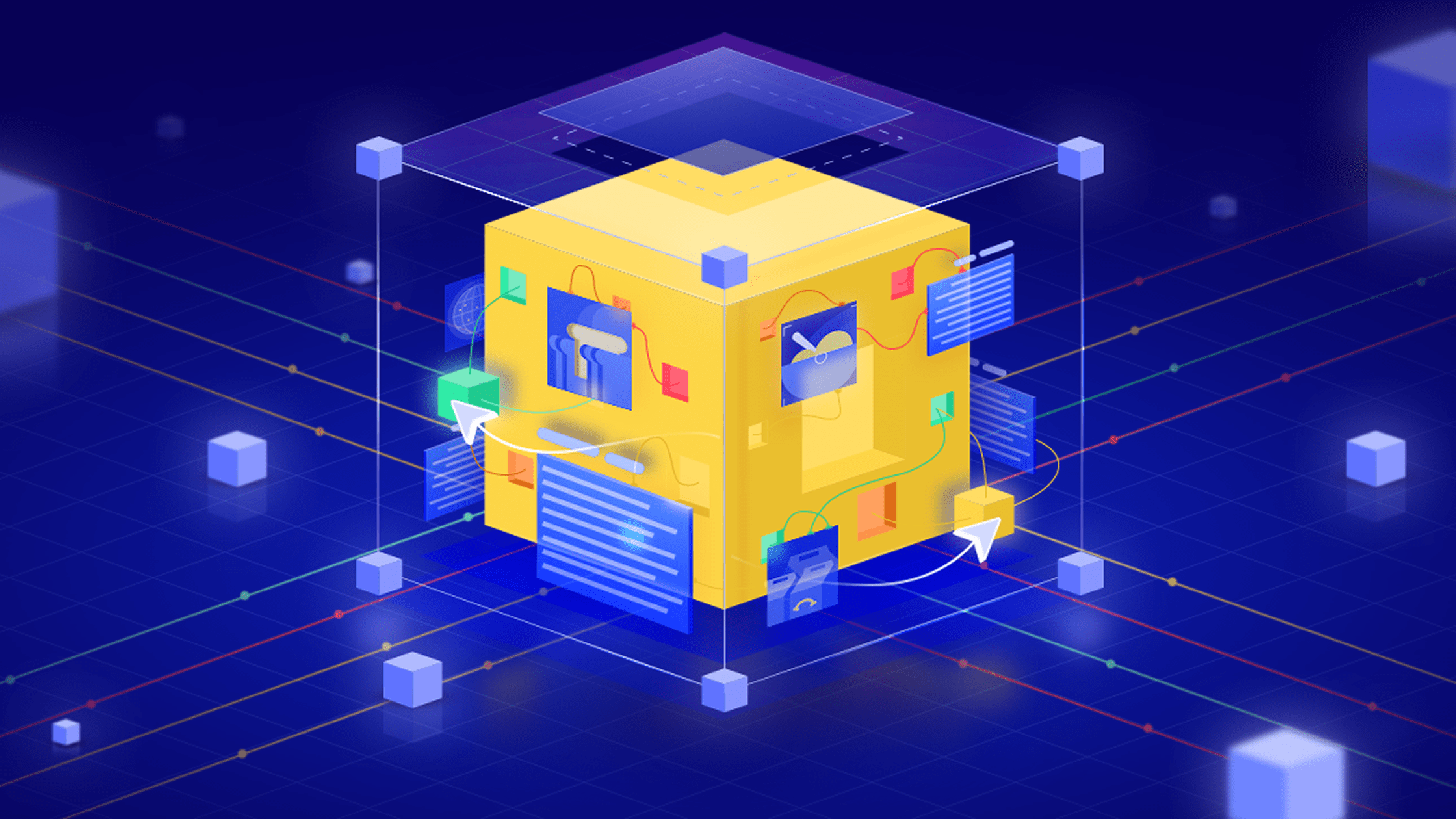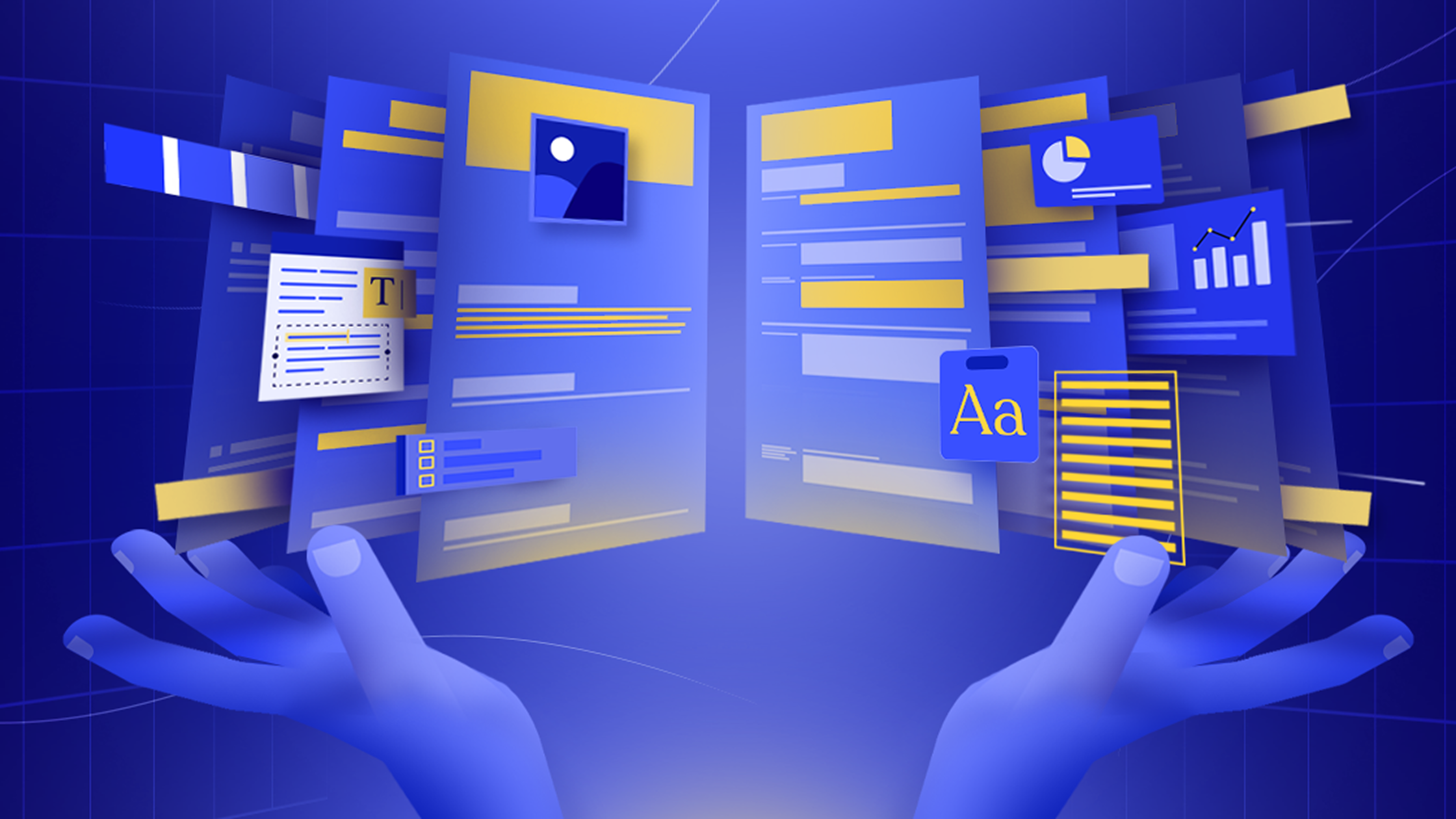AI is now a necessity for staying competitive in marketing, with 79% of top executives reporting a significant ROI boost. It enhances, rather than replaces human creativity. It streamlines workflows and improves baseline quality. In this article, we cover real-world examples by Nike, Nutella, Heiz, Coca Cola who have effectively utilized AI to get an edge over competitors.. Balance automation with human input for optimal results.
AI tools are no longer just an option; they are a necessity for staying competitive. According to recent findings, a staggering 79% of top marketing executives have reported a significant boost in ROI through the strategic integration of AI tools into their workflows.
Contrary to popular belief, incorporating AI will not replace or overhaul your team’s current processes. Instead, it optimizes them to ensure the maximum use of resources and time.
ROI is evident when resources on your team are set free from mundane tasks and their potential is utilized to solve more complex problems.
Paul McDonagh-Smith at MIT says, “If we wish to create the sustainable, robust, profitable, productive organizations of today and tomorrow, we need to amplify and propagate our human capabilities through our internal and external networks. It is not about focusing on the differences between humans and machines but at looking at how they can be unified and united.”
Let's explore the real return on investment (ROI) that AI brings to creative workflows, backed by five inspiring examples.
How AI-powered Marketing Increases ROI For Brands
Benefits of AI Tools in Creative Workflows
Examples of ROI in Creative Workflows
How does an AI-generated campaign break all of Nike's organic views records on YouTube?
How did Nutella come up with 7 million unique packaging designs?
How did Heinz increase its sales by 10% with AI-generated images?
How did Coca-Cola deliver the UGC campaign on Christmas using AI-generated cards?
Tips to make the best use of AI tools for creative workflows
Conclusion: The magic lies in balance
Ways to measure ROI for implementing AI tools in creative workflows
The Return on Investment (ROI) of implementing AI in creative workflows can be substantial, though it depends on various factors such as the specific use case, the efficiency gains, and the costs associated with implementation.
Here are several ways AI can contribute to ROI in creative workflows:
- Resource Optimization: AI tools can automate repetitive tasks, such as image or video editing, text generation, or even music composition. By streamlining these processes, AI can significantly reduce the time and effort required to complete projects without adding headcount and allowing creative teams to focus on more high-value tasks.
- Cost Savings: While there may be upfront costs associated with implementing AI tools and training personnel, the long-term savings from increased efficiency and reduced manual labor can outweigh these initial expenses.
- Improved Quality: AI algorithms can assist creatives in generating high-quality content by offering suggestions, detecting errors, or enhancing elements like images or sound. This can lead to better outcomes and higher client satisfaction, ultimately contributing to increased revenue and repeat business.
- Personalization and Targeting: AI-powered analytics can help identify audience preferences and trends. Thus enabling creatives to tailor their content for specific demographics. This targeted approach can result in more effective marketing campaigns, leading to higher conversion rates and increased sales.
- Content Optimization: AI algorithms can analyze vast amounts of data to optimize content for different platforms and channels. Whether it is adjusting image sizes for social media, optimizing website layouts for better user engagement, or refining email subject lines for higher open rates, AI can help ensure that creative content performs optimally across various channels.
Examples of how marketing teams leveraged AI
Nike breaks all video view records using AI to generate content

Nike's marketing mantra is "authentic athletic performance", which guides its entire strategy, from product design to sales. Following the same mantra, Nike celebrated its 50th anniversary by honoring Sareena Williams with the Never Done Evolving Campaign. They used artificial intelligence and machine learning to analyze all data and footage from official tournaments throughout her career. The objective was to study how her playing style evolved over the years. To make this data accessible to everyone, Nike turned the study into a live virtual match. It starred 17-year-old Serena against 35-year-old Serena. The organic reach of this virtual match broke all of Nike's organic views records on YouTube.
Results: 1.7 million viewers on live streaming. 1,082% increase in organic views compared to other Nike content.
Nutella creates 7 million unique packaging designs for local markets

In Italy, 83% of families buy Nutella annually making it one of the most popular snacks. To show its appreciation for its customers, Nutella embraced its core values of uniqueness and joy for a groundbreaking campaign. They used AI algorithms to create 7 million distinct designs for its iconic jars. This innovative campaign sought to convey the message that, much like their favorite spread, each consumer is inherently unique. Each design served as a symbol of appreciation for this individuality.
The scale of projects like this typically demands months of effort, significant resources, and a substantial budget. However, through AI algorithms, repetitive tasks were automated, allowing for scalability on a much larger level.
By offering such a tailored experience, Nutella not only strengthened its bond with customers but also reinforced its brand identity.
Results: In just one month, all 7 million Nutella Unica jars were sold out, with an average rate of 2.7 jars sold every second.
Heinz increased sales by 10% with AI-generated images

In 2021, Heinz undertook a social experiment spanning 18 countries, where participants were asked to sketch "ketchup" without knowledge of Heinz's involvement. While the quality of the drawings varied, a common theme emerged: participants consistently depicted a bottle of Heinz Ketchup. In 2022, Heinz reaffirmed this brand association using AI technology.
Leveraging DALL-E, they entered "ketchup" and consistently received images of Heinz Ketchup bottles. Even when given diverse descriptions like "Ketchup Art" or "Ketchup bottle floating in a swimming pool," the generated digital artwork predominantly featured the Heinz brand. This experiment underscored Heinz's assertion that "ketchup means Heinz," showcasing their agility in adapting to evolving technology and engaging users through innovative approaches.
Results: The campaign reportedly boosted social conversations about the brand by nearly 1500% and increased sales by 10%.
Coca-Cola delivered a UGC campaign on Christmas using AI





Coca-Cola launched the 'Create Real Magic' campaign. As part of this campaign, they aimed to foster creativity and connections across generations. With a 138-year history rich in iconic visuals and brand assets, the company launched the Create Real Magic platform. Here, consumers accessed Coca-Cola's cherished Christmas imagery and used AI tools like GPT-4 and DALL-E to design personalized digital holiday cards.
Results: The campaign saw global engagement as people created unique designs. Consumer artwork was showcased on digital billboards in Times Square and Piccadilly Circus. It was adopted by over 80 markets worldwide, amplifying Coca-Cola's message of kindness and generosity.
As we navigate the transformative landscape of AI tools, whether for video or images, it is crucial to remain mindful of the challenges. We must ensure that human creativity stays at the heart of all advancements.
Costs less than agencies.
.svg)






.svg)


